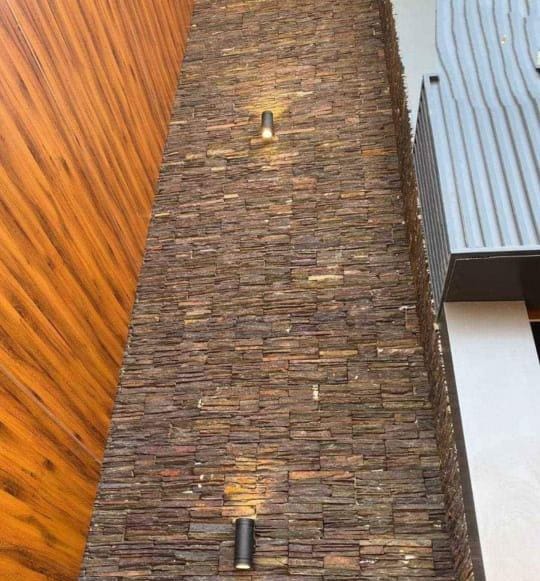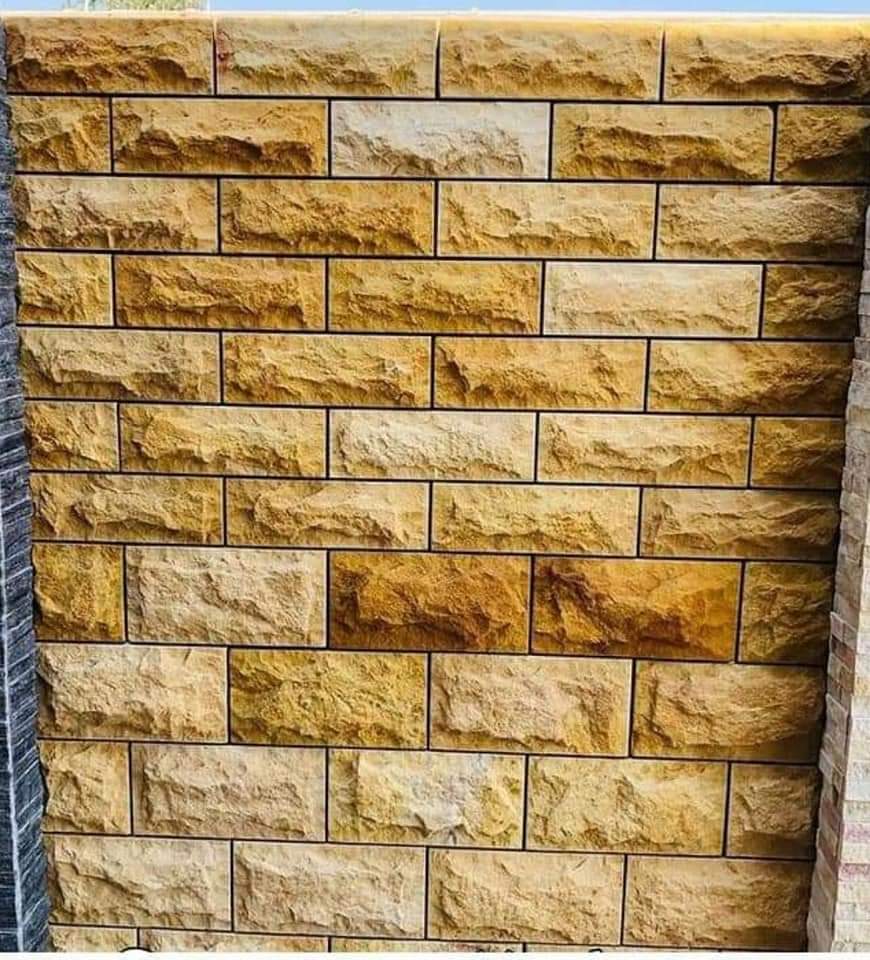Natural Stone Arts
Natural Stone Arts, Bypass Road, Near Decathlon Sports Store, Thalore, Peruvamkulangara, Thrissur, 680306
Since : 2010
Natural Stone Arts, Bypass Road, Near Decathlon Sports Store, Thalore, Peruvamkulangara, Thrissur, 680306
Since : 2010
Wooden cladding is a popular choice for enhancing the appearance and functionality of both interior and exterior surfaces. It involves applying wooden panels or boards to walls or other surfaces to provide a natural, stylish, and durable finish. In Thrissur, wooden cladding offers a range of options to suit various architectural styles and design preferences.
Wooden cladding is a construction technique where wooden panels or boards are attached to the surface of walls or other structures. This cladding serves both aesthetic and functional purposes, adding a warm and inviting look while providing additional protection and insulation.
Cladding works play a crucial role in both the aesthetic appeal and functional performance of buildings. Where the architectural landscape is continuously evolving, cladding services are in high demand. This comprehensive guide provides an in-depth look at what cladding works entail, and what customers can expect when seeking these services.
The quality of materials used in cladding is crucial for both aesthetics and longevity. Customers expect service providers to use high-quality, durable materials that can withstand climatic conditions. Whether it’s metal, stone, wood, or composite materials, quality should never be compromised.
With increasing environmental awareness, many customers prefer eco-friendly cladding solutions. They expect providers to use sustainable materials and practices that minimize environmental impact. This includes using recyclable materials, energy-efficient processes, and ensuring the long-term sustainability of the cladding.
1. What are the benefits of cladding?
Cladding provides numerous benefits, including improved aesthetics, enhanced protection against weather, increased insulation, and reduced maintenance. It can also add value to a property by giving it a modern, stylish look.
2. How do I choose the right cladding material for my building?
Choosing the right cladding material depends on various factors such as the building’s location, climate, architectural style, and budget. Consulting with a professional cladding service provider can help identify the best material for your specific needs.
3. How long does cladding installation take?
The duration of cladding installation varies depending on the project size, complexity, and material used. Typically, it can take anywhere from a few weeks to several months. A professional service provider can give a more accurate timeline based on your project details.
4. Are cladding materials durable in climate?
Yes, when chosen and installed correctly, cladding materials can be very durable in climate. Materials such as metal, composite panels, and treated wood are designed to withstand high temperatures, humidity, and heavy rains.
5. Can cladding improve the energy efficiency of my building?
Absolutely. Cladding can significantly improve a building's energy efficiency by providing additional insulation. This helps maintain indoor temperatures, reducing the need for heating and cooling, which in turn lowers energy bills.

Thrissur, Peruvamkulangara

Thrissur, Peruvamkulangara